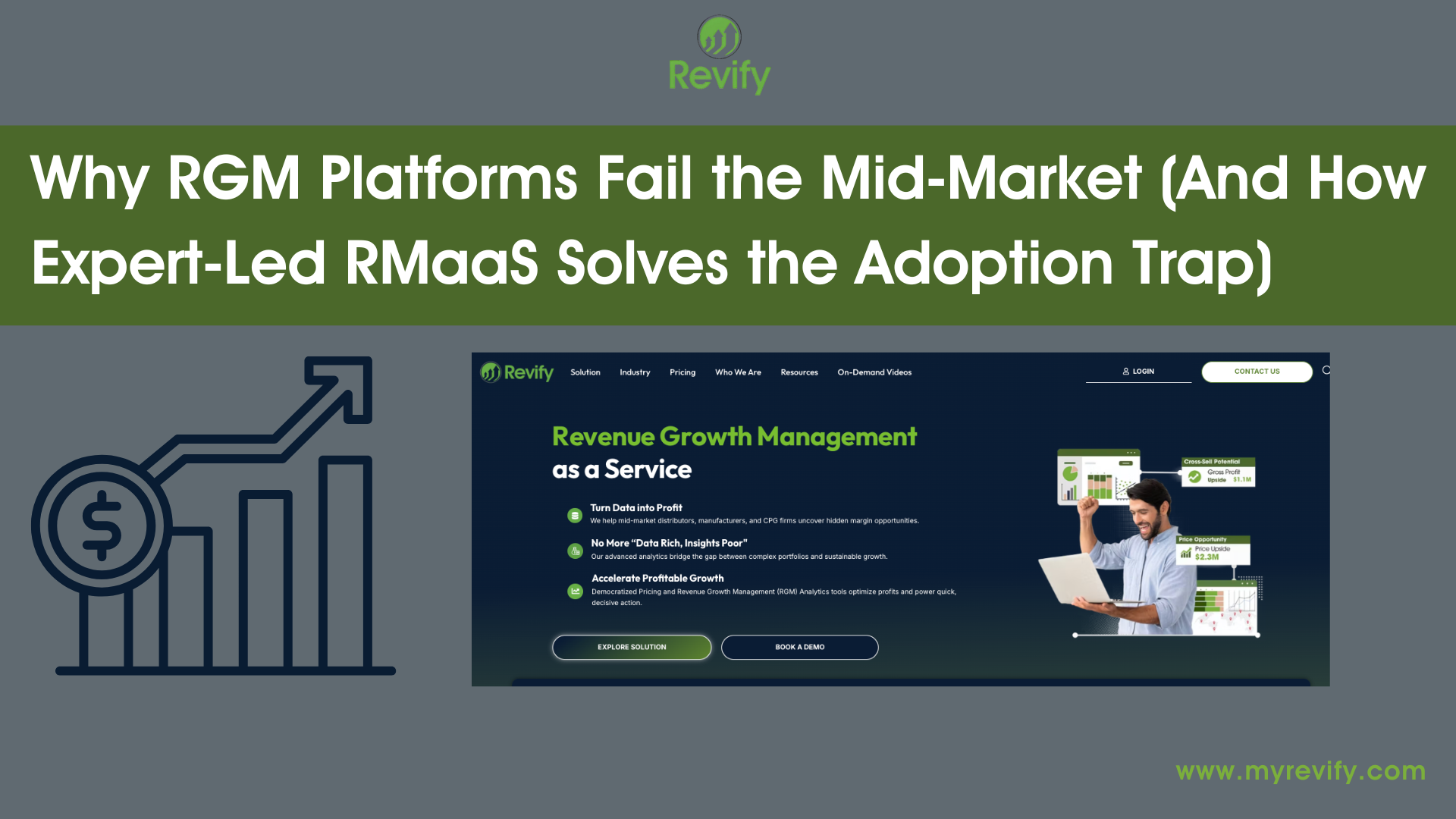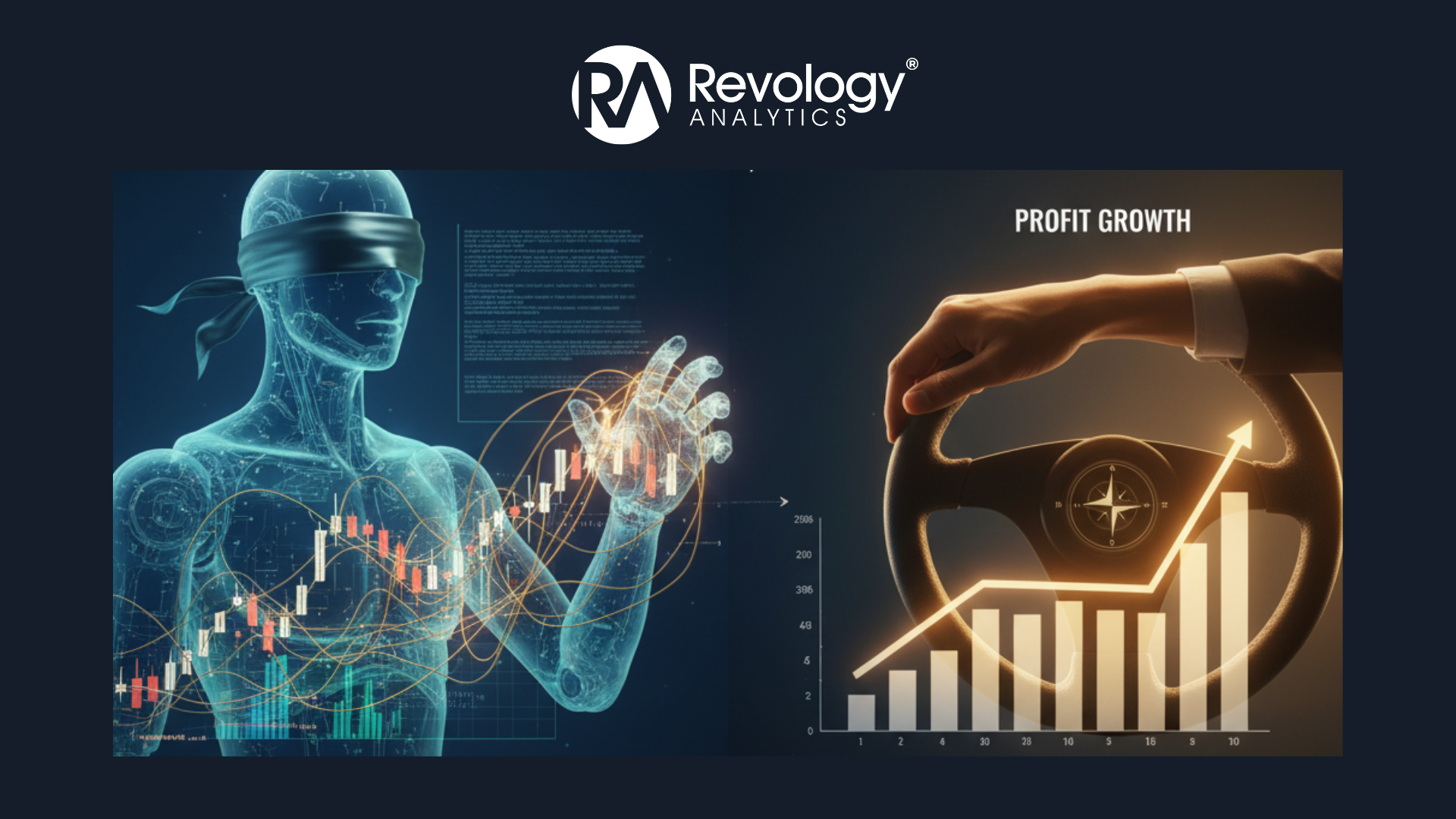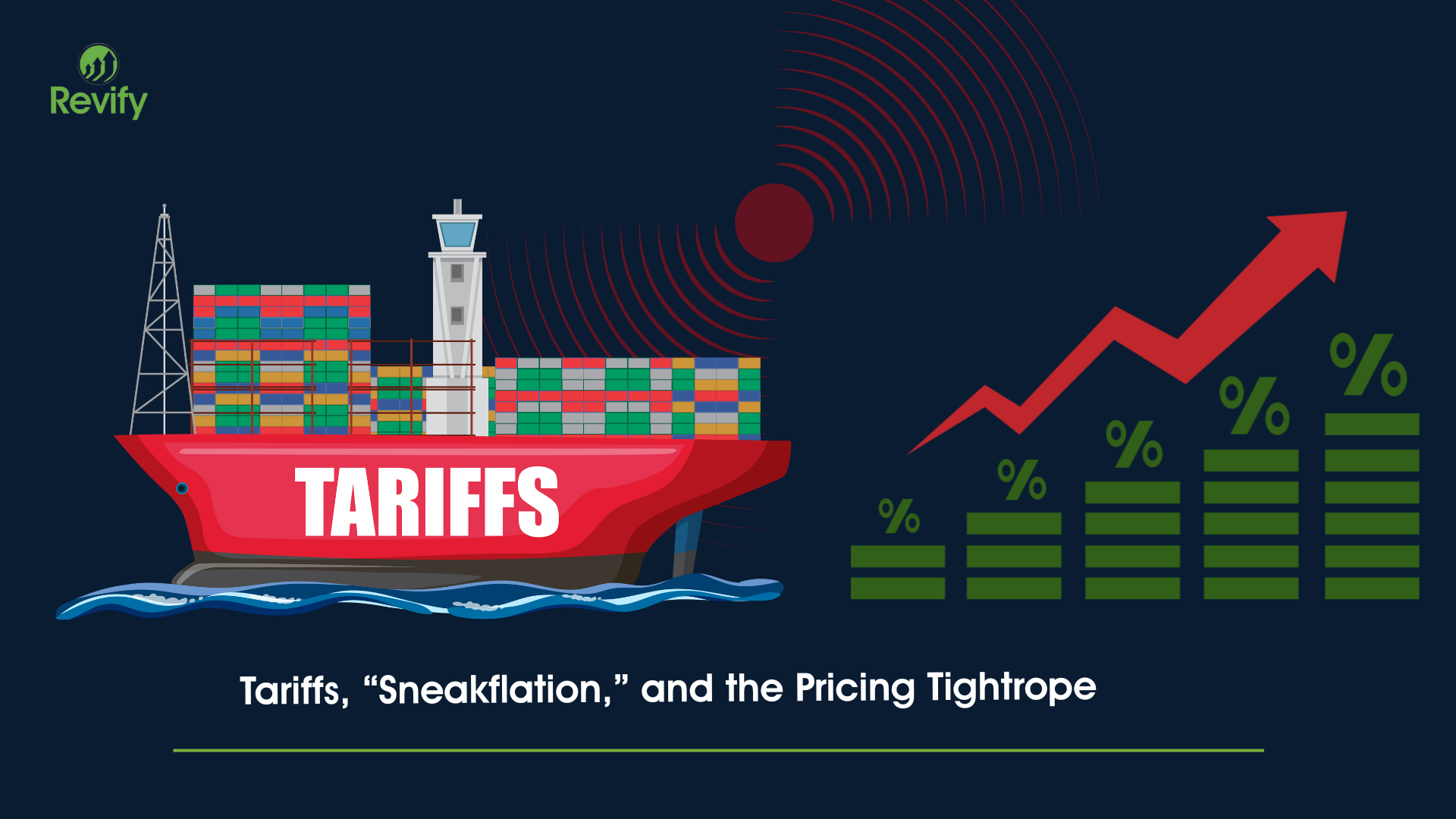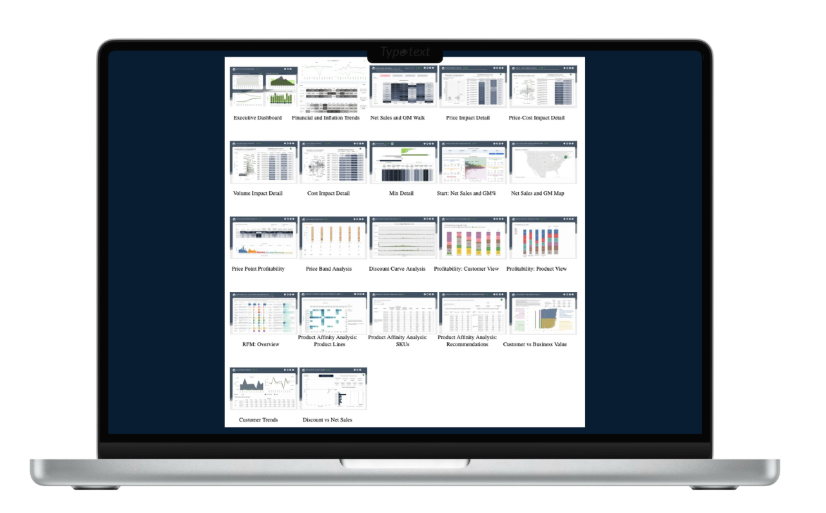Revology Analytics Insider
Browse Contents Based on Category or Topic
Filter by Category
Filter by Topic/Tag
- AI
- AI Pricing
- AI Transformation
- AI in Business Analytics
- AI/ML
- AI/ML Distribution
- ARPU
- Analysis with Python
- Analysis with R
- Analysis with Tableau
- Analytics Leadership
- Assortment Optimization
- Attribution Modeling
- B2B Pricing
- BATNA
- Bayesian Modeling
- Budget Optimization
- Business Growth through Pricing
- CPG
- CPG Pricing
- CRM Data Analysis
- Category Management
- Commercial Analytics Transformation
- Competitive Analysis
- Competitive Pricing
- Consumer Durables
- Consumer Products
- Cost Inflation
- Cross-Sell Optimization
- Cross-sell Opportunities
- Customer Analytics
- Customer Churn
- Customer Churn Modeling
- Customer Lifetime Value
- Customer Retention
- Customer Segmentation
- Data Analytics
- Data Monetization
- Data Visualization
- Data Warehouse
- Data-Driven Decision Making
- Data-driven Pricing
- Discount Management
- Distribution
- Distributor Data
- Distributor Profitability
- Durable Goods
- Dynamic Pricing
- Elasticity-Based Pricing Strategies
- Forecasting
Subscribe to Revology Analytics Insider
Want to stay abreast of the latest Revenue Growth Analytics thought leadership by Revology?
An RGM Deep-Dive Into Spotify’s Latest Price Rise
Spotify recently implemented its second major round of price hikes in under two years, significantly increasing rates in Benelux countries and signaling further rises across Europe and Latin America.
This aggressive pricing strategy follows Spotify's first full-year operating profit in 2024, indicating a strategic shift from subscriber growth to boosting ARPU and profitability. The company is employing a "ladder pricing" approach, testing price elasticity in smaller markets before wider rollouts to manage churn and investor expectations. However, this creates widening price gaps with competitors, forcing Spotify to increasingly rely on its unique value proposition and bundled offerings like the planned "Music Pro" add-on.













